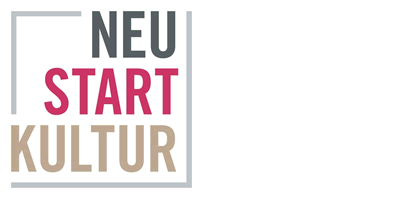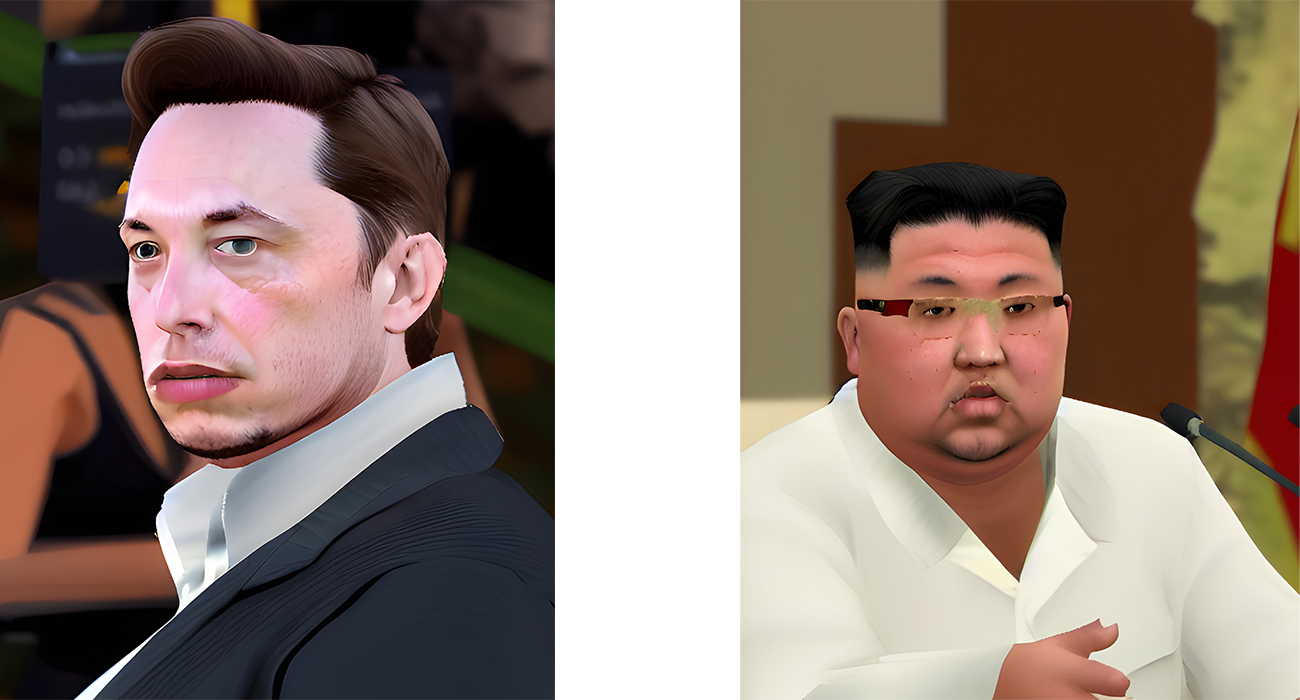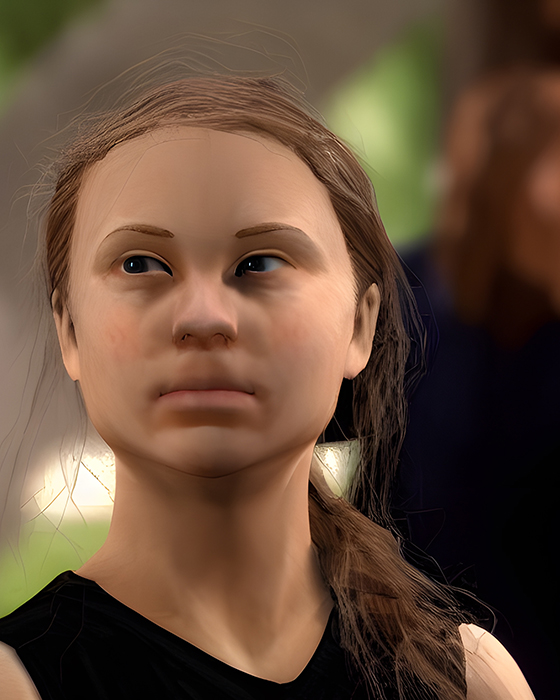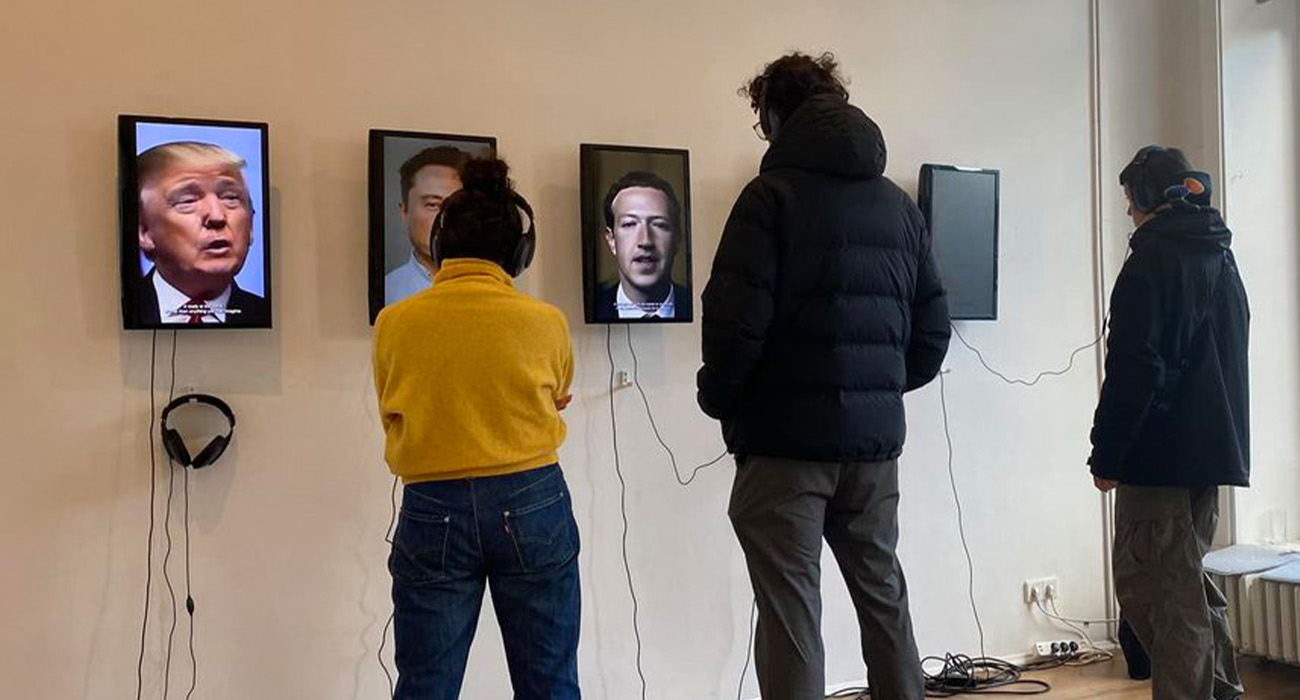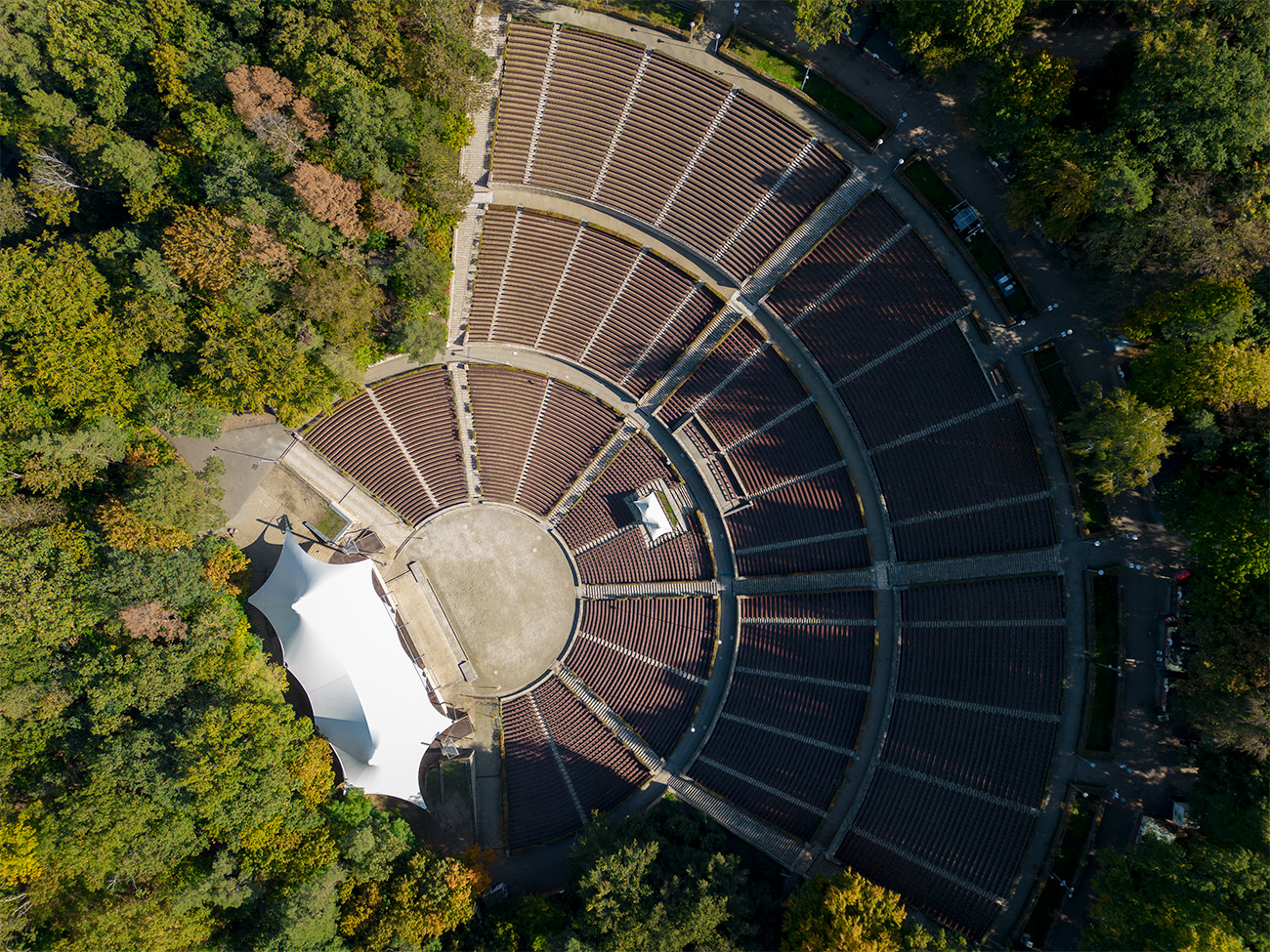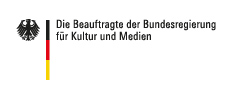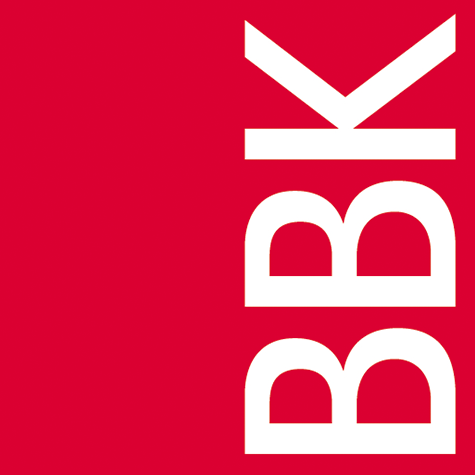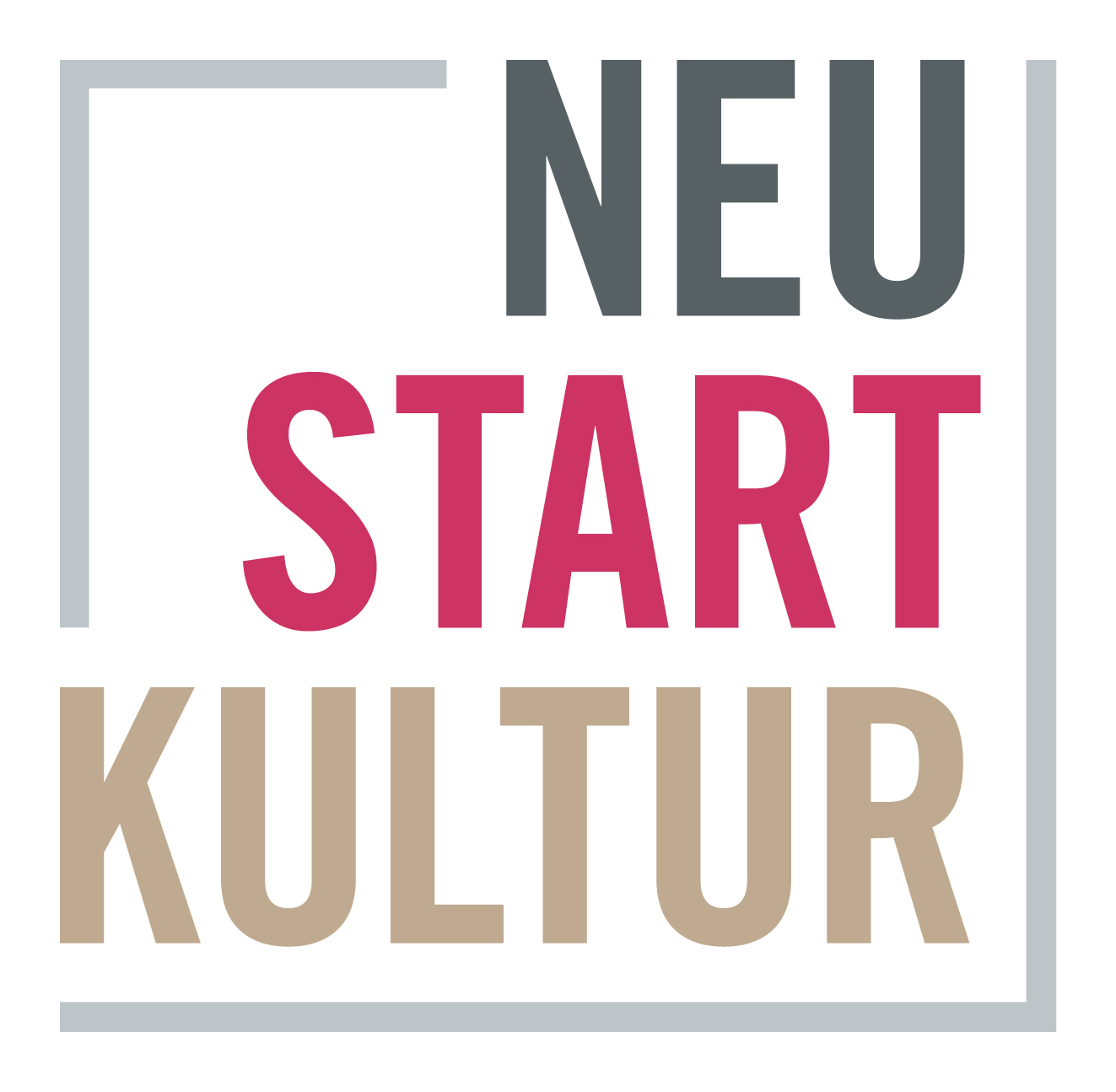- Super User
- Category: Uncategorised
- Hits: 2864
Markgrafenstraße 86,10969 Berlin
Opening 14.04.23 17:00
Exhibition: 15.04.- 20.05.2023
---
Interactive analog media art exhibition.
We are looking forward to another exciting solo exhibition by Wolfgang Spahn. The German-Austrian artist Wolfgang Spahn works mainly with electronic components, which he manipulates substantially and fundamentally until they become independent installations and artworks. In doing so, he proceeds with a radical freedom that shakes up our conventional understanding of signals, images, sounds, digital and analog. Wolfgang Spahn is interested in the level below. Visit our exhibition and experience how Wolfgang Spahn creates works of art with electronics.
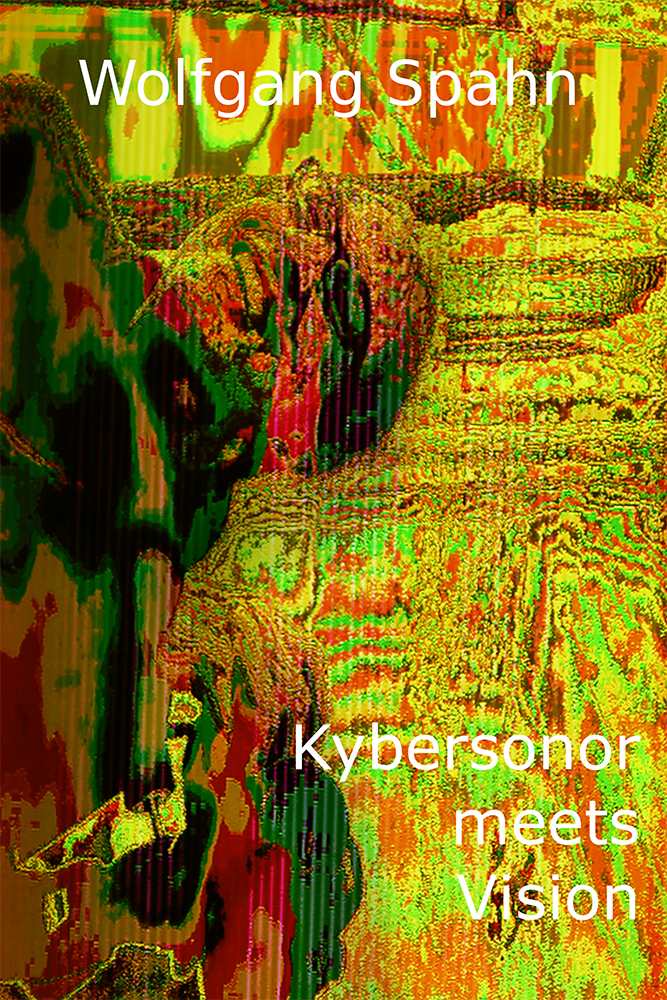
"Feedback and Oscillation" is the title of a chapter in "Cybernetics - or Control and Communication of the Animal and the Machine" (1948) by the founder of cybernetics, Norbert Wiener.
Wolfgang Spahn returns to these origins with his current works. Accordingly, feedback and oscillations are at the core of these works, which Spahn therefore calls kybersonor and kybervisuell. The artistic material is electronic circuits that control, regulate and oscillate.
With apparatuses, projectors and synthesizers developed by the artist, the resulting electromagnetic signals become audible, visible and tangible. The signals remain the same, only their manifestation differs. Sound and light thus become an equal part of the artworks and thus an integral part of their aesthetics. Patterns of reflections and sounds marry into an original form of light, color, and sound.
The central core of the exhibition is a network of analog artificial neurons - the artificial and artistic brain that connects all the works. This circuit, developed by Wolfgang Spahn, communicates with all the other artworks, processing their information and controlling them. It functions as an "art-generating" artificial intelligence that coordinates and controls all the works arranged around it. In this respect, the exhibition can also be understood as an "experiment with artificial beings" in the sense of Valentin Breitenberg.
The works on display emerged from an exploration of the themes of chance, chaos, and self-similarity-a topos from chaos research in the 1980s. In this respect, all installations are centrally controlled and coordinated, but at the same time they are always acoustic and visual events determined by chaos and chance. Regular patterns of sound and light are therefore original and unpredictable in detail; they seem alive and natural. Wolfgang Spahn's art thus takes up current AI developments, but he also understands it as a counter-design to the de-emotionalized surfaces of our time. Thus, this art is in its interior a universal and concrete, and yet it appears and sounds in its external effect alive, natural and sensual.
Text: Dr. Ricarda de Haas
We thank:

